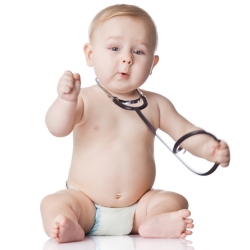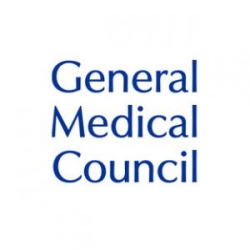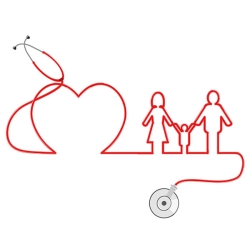 For my husband and I, making that all-important decision of when we should start our family was something of a balanc- ing act. On the one hand, now that we were both in our thirties, concerns regarding potential fertility issues were increasingly prevalent. On the other, completing my training as an anaesthetics registrar was a major goal, with enormous implications for both my professional development and for our family life. In the end, we decided to let nature take its course and were lucky enough to fall pregnant during my ST5 year.
For my husband and I, making that all-important decision of when we should start our family was something of a balanc- ing act. On the one hand, now that we were both in our thirties, concerns regarding potential fertility issues were increasingly prevalent. On the other, completing my training as an anaesthetics registrar was a major goal, with enormous implications for both my professional development and for our family life. In the end, we decided to let nature take its course and were lucky enough to fall pregnant during my ST5 year.
While delighted to be pregnant, this was undoubtedly a time of emotional as well as physical turmoil. My booking scan was unfortunately not entirely the joyful experience that we had hoped for. The amazement of seeing our little bean’s heartbeat was soon tempered with the devastating news that there was a high risk that our little one may have serious congenital or structural defects. It felt as though our world had come to an end. The ensuing weeks awaiting the results of genetic testing and a detailed scan were traumatic, to say the least.
All this was compounded by the fact that I was undertaking a Fellowship in Obstetric Anaesthesia at the time. There is no doubt that it was difficult to concentrate on work when all I could really think about was what was happening with my own pregnancy. At the same time, my experience of being a ‘high-risk’ patient certainly gave me a whole new insight into what the hospital experience must be like for many patients.
I was under the care of a superb obstetrician who kindly and sympathetically prepared me for what to expect at each stage. At the very least, I have learned a valuable lesson in the importance of good communication with patients. Luckily, everything worked out well for us; the chromosome assay was normal as was the 20 week detailed scan. This news certainly alleviated the stress, although the emotional scars remained.
“THE AMAZEMENT OF SEEING OUR LITTLE BEAN’S HEARTBEAT WAS SOON TEMPERED WITH THE DEVASTATING NEWS THAT THERE WAS A HIGH RISK THAT OUR LITTLE ONE MAY HAVE SERIOUS CONGENITAL OR STRUCTURAL DEFECTS.”
Informing my department of my pregnancy was a task I did not look forward to, but in the end, happened surreptitiously. On one occasion in my first trimester, the consultant I was working with noticed that I was keen to avoid exposure to X-ray while in theatre and guessed that I was pregnant. I planned to formally inform my line manager after the twelve week booking scan. However, following the news of my high-risk status, I found it difficult to broach the subject. In the end, I found myself confiding in a sympathetic consultant colleague who kindly offered to inform the rest of the department on my behalf. This allowed me to then speak to my Lead Clinician in my own time.
Informing my lead clinician of my pregnancy was important for a number of reasons. Firstly, it was essential to complete the necessary paperwork to ensure my entitlement to maternity leave and pay, along with arranging a start date for my leave. I initially (somewhat optimistically!) planned to work until 38 weeks gestation. It eventually became apparent that this would not be possible as I was just too big and tired in my third trimester to continue to work electively in the theatre environment.
Following ongoing discussion, it was agreed that I would take two weeks of annual leave after 34 weeks and then commence my maternity leave at 36 weeks. Secondly, I had to have regular scans throughout my pregnancy and required significant time away from my clinical duties to attend these as well as antenatal appointments.



